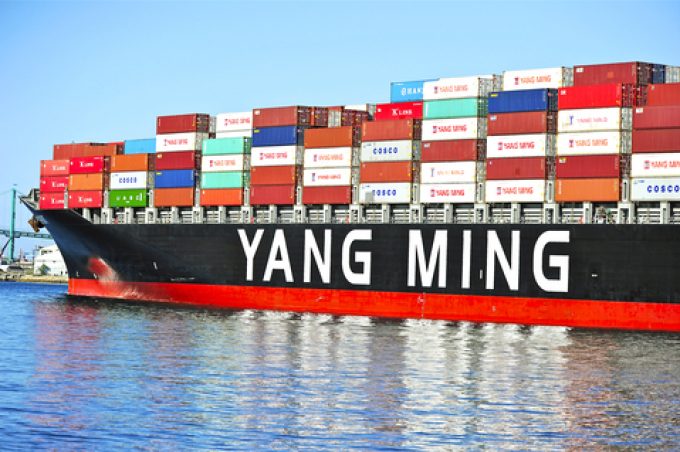Red Sea crisis forces Maersk to increase capacity over strategy limit
Maersk Line appears to have temporarily abandoned its strategy of maintaining capacity at no more ...

Yang Ming slid into the red in the final quarter of 2023, with a net loss of $43m after a profit of $483m in Q4 22, but the Taiwanese carrier managed to hold out for a full-year profit of $153m.
“Amid inflation and economic slowdown in 2023, the overall freight levels of container declined compared with 2022, which led to a reduction in annual revenues,” said the carrier.
Final 2023 earnings results – from those carriers ...
Amazon pushes into LTL for small package fulfilment and UPS does a u-turn
New senior management for DSV as it readies for DB Schenker takeover
Volumes set to 'fall off a cliff' as US firms hit the brakes on sourcing and bookings
Asian exporters scramble for ships and boxes to beat 90-day tariff pause
Temporary tariff relief brings on early transpacific peak season
'Tariff madness' will prompt renegotiation of ocean shipping contracts
Response to tariffs by Chinese importers may see extra costs for US shippers
Forwarders 'allowing the fox into the chicken run' by supporting 'hungry' carriers

Comment on this article